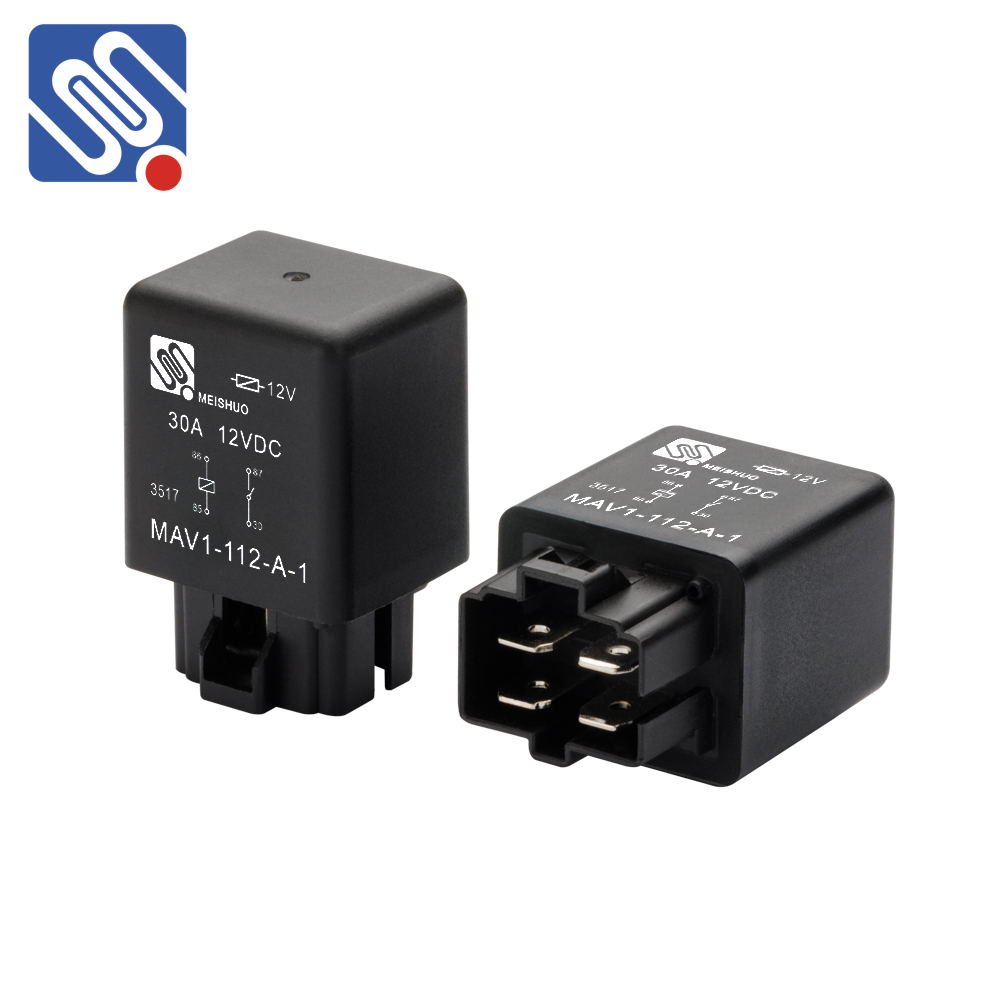In the world of electrical and automation systems, relays play a crucial role in switching and controlling circuits. Whether it is for industrial automation, telecommunications, or consumer electronics, understanding relay specifications is essential to choosing the right relay for a particular application. In this article, we will compare key relay specifications and provide insight into their implications for performance and reliability. This comparison will focus on parameters such as rated voltage, contact configuration, load capacity, and operational characteristics.

1. Rated Voltage The rated voltage of a relay is the voltage required to operate the coil. It is one of the most fundamental specifications when selecting a relay. This voltage can vary, with common options being 5V, 12V, 24V, 48V, and 110V. It’s important to match the rated voltage of the relay with the control system voltage to ensure proper operation. A mismatch could result in the relay failing to activate or causing potential damage to the coil. There are two main types of voltage specifications: Coil voltage: The voltage required to energize the coil. Contact voltage: The voltage that the relay contacts are rated to handle when the relay is in operation.